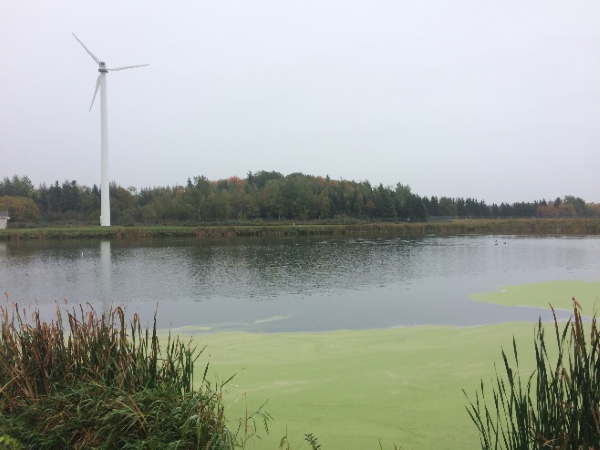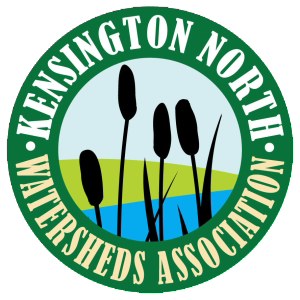In the first article in our series on hazardous wastes, we discussed what makes a product a hazardous waste and what to do with the product if you want to dispose of an unwanted quantity of it, but why does any of this matter? What are the impacts of improper disposal? Well, there are a variety and they vary based on the product. From a watershed organization’s perspective, our concern is around water quality and safety. It may seem as though improper disposal of something like old paint couldn’t possibly have effects on our water here on PEI, but our water cycle is surprisingly intertwined with disposal!

Almost any way you dispose of a product, that disposal method eventually leads to water entering back into our water cycle. For example, products flushed down the toilet or poured down the drain will either travel to a wastewater treatment facility, like we have in Kensington, or to your septic system if you live outside of town. There are lots of complicated processes going on in these systems to break down our organic waste and treat the water before its released back into our environment; however, these systems are not designed to treat hazardous wastes, and harmful ingredients could be passing through, back into our ground and surface water untreated.
So, what about throwing out hazardous wastes in your black cart? Well, that can be linked to our water cycle too! PEI’s landfill is designed to catch water given off from our garbage, called leachate, and treat it onsite before it is released back into the surrounding environment. However, this system isn’t designed for treating hazardous materials either.
It may seem as though we would be disposing of such a small quantity of these products when compared to all the water on PEI that these products would simply be diluted and harmless, but some ingredients, such as heavy metals, can biomagnify and work their way up the food chain. This means substances are taken up by very small forms of life, like zooplankton, which is then eaten by a small fish, then by a larger fish, and then by a bigger predator, like a bird or even human. Each time the prey is eaten, there are higher and higher concentrations of that substance. Other substances, such as the antibacterial and antimicrobial ingredient triclosan, which is added to various products from soaps to toothpastes, can pass through a wastewater treatment system unaltered and damage aquatic life upon its release.
For these various reasons, it’s important to reconsider how you’re disposing of household hazardous wastes, and instead, opt to take your unwanted products to one of six Island Waste Watch Drop-off Centres for safe disposal!
Heather Harris,
Project Coordinator
Published in The County Line Courier, Vol. 27, No. 06, Pg. 04.
